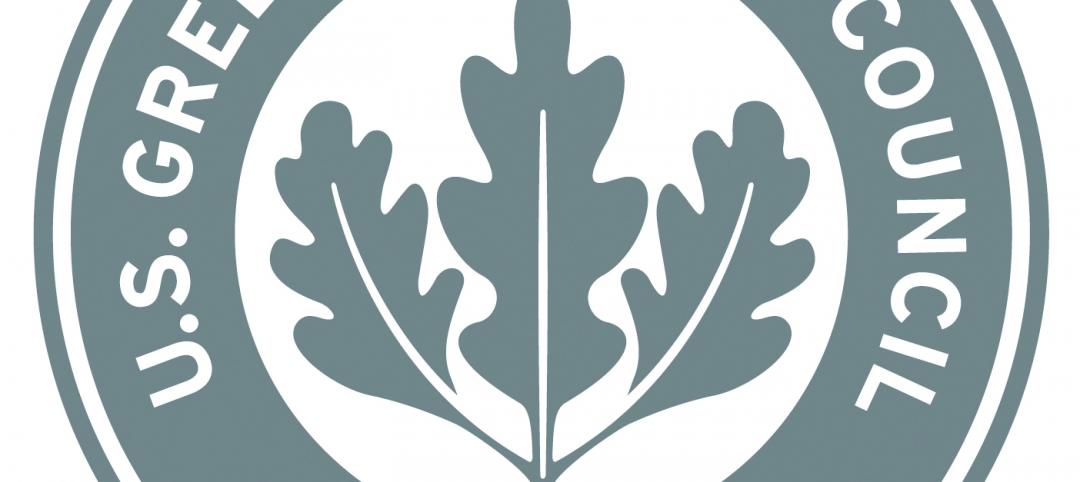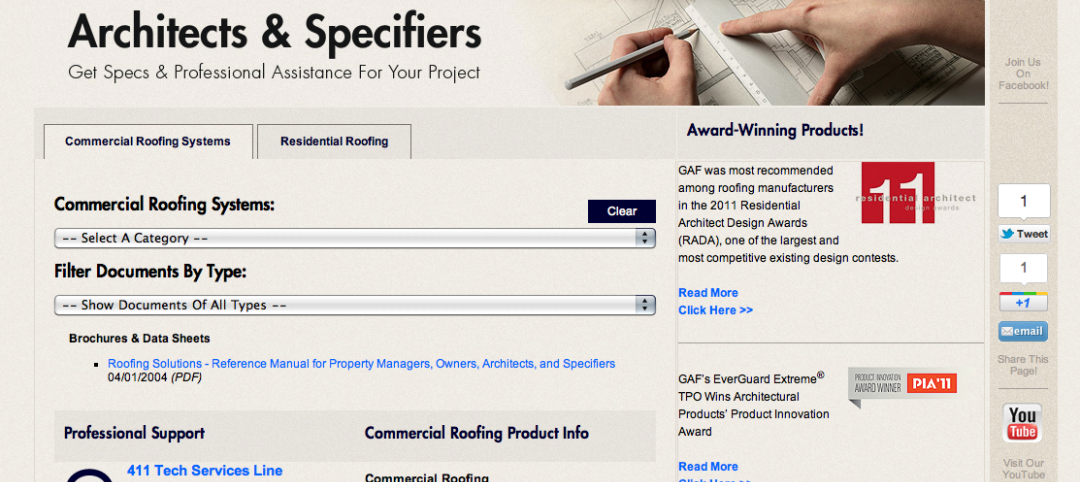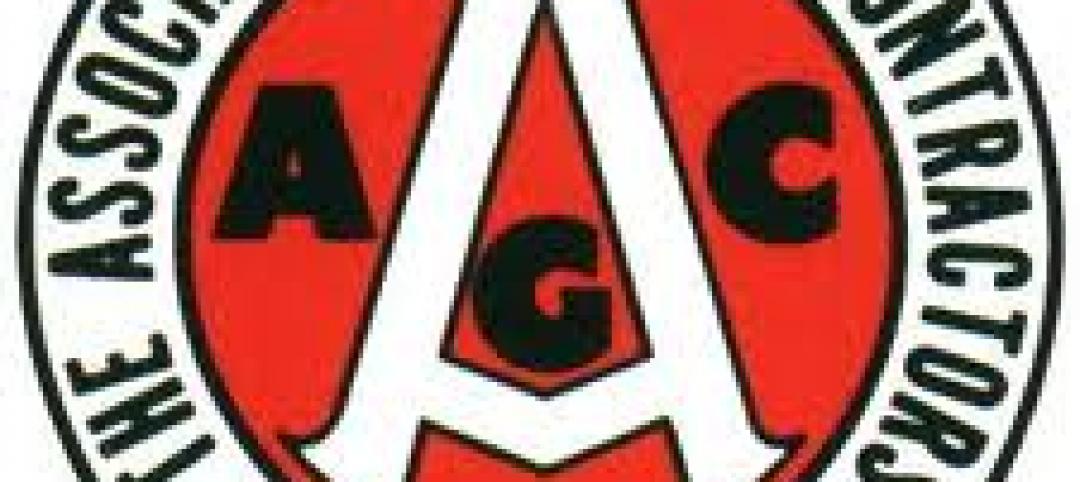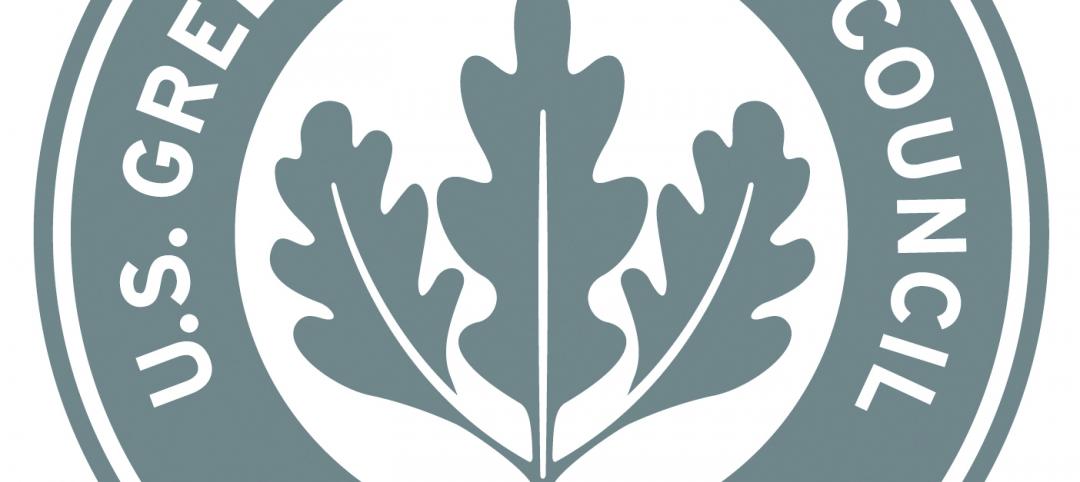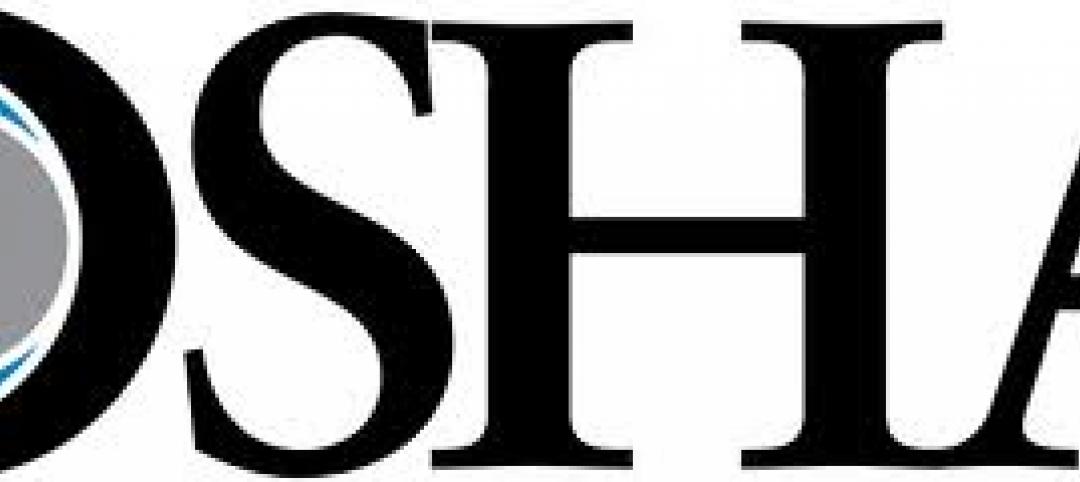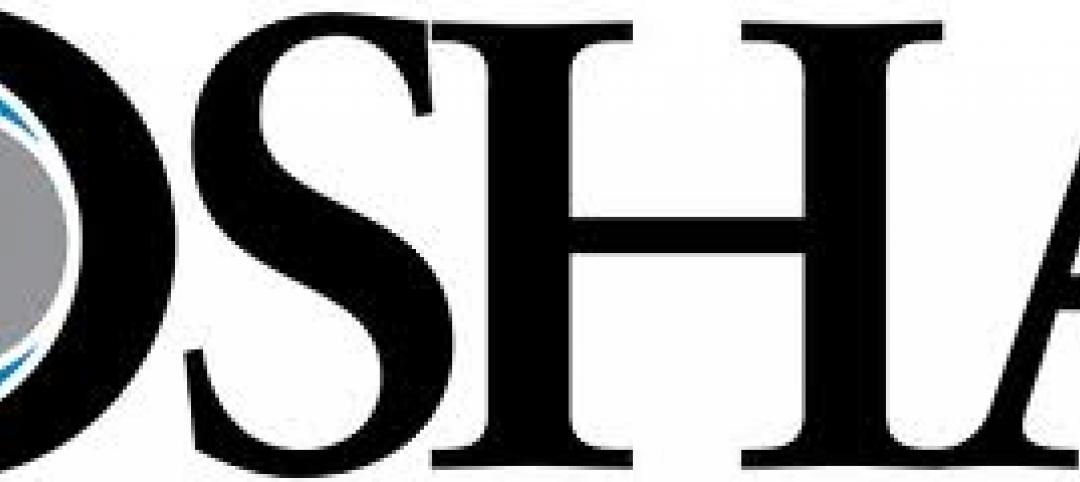Over the past five years, energy efficiency policies and codes have been made more stringent in many countries around the world, but for these measures to succeed stronger enforcement is needed, according to a report by Navigant Research.
“Globally, governments and regulatory agencies have increased their focus on commercial buildings, which are large consumers of the world’s energy,” adds Krystal Maxwell, research associate with Navigant Research. “Europe is a leader among world regions in energy efficiency policy, with the most rigorous building codes, performance standards, labeling, and benchmarking, as well as some of the most aggressive greenhouse gas emissions reduction targets.”
Commercial buildings, as large consumers of the world’s energy, have become primary targets for global governments and regulatory agencies. Increased regulation of policies, codes, and benchmarking must be enforced for successful policy reform, however, Navigant says.
Influencing code reform are the actions that many countries have taken to reduce greenhouse gas (GHG) emissions targets. The U.K. has the most ambitious target: An 80% reduction by 2050, with the emission level of 1990 as the baseline. The U.S. is aiming for a 26-28% reduction by 2025 from 2005’s level.
Related Stories
| Feb 20, 2012
Comment period for update to USGBC's LEED Green Building Program now open
This third draft of LEED has been refined to address technical stringency and rigor, measurement and performance tools, and an enhanced user experience.
| Feb 20, 2012
GAF introduces web portal for architects and specifiers
The new portal offers a clean look with minimal clutter to make it easier to find the technical information and product data that architects need.
| Feb 17, 2012
AGC advocates for federal procurement reform
Ensure that small business goals take into consideration actual small business capacity in relevant specialty markets.
| Feb 17, 2012
Codes not to blame for Anchorage roof collapses following heavy snows
Design or construction problems likely contributed to the collapses, according to city officials.
| Feb 17, 2012
Comment period opens March 1 for LEED 2012 update
USGBC says that LEED's strength comes from its continuous evolution.
| Feb 17, 2012
OSHA training videos on proper respirator use available online
17 short videos to help workers learn about the proper use of respirators on the job.
| Feb 17, 2012
Union/employer collaboration on the rise aimed at exceeding OSHA safety standards
Unions have learned to help employers win contracts with bids made competitive through good safety practices.
| Feb 16, 2012
Gain greater agility and profitability with ArchiCAD BIM software
White paper was written with the sole purpose of providing accurate, reliable information about critical issues related to BIM and what ArchiCAD with advanced technology such as the GRAPHISOFT BIM Server provide as an answer to address these issues.
| Feb 9, 2012
Initiative to sell off under-used federal property gaining momentum
The bill is similar to a White House planto cut $8 billion worth of building costs by the end of the 2012 fiscal year, and to establish a panel to identify other sites worth selling or donating to nonprofits or state and local governments.



